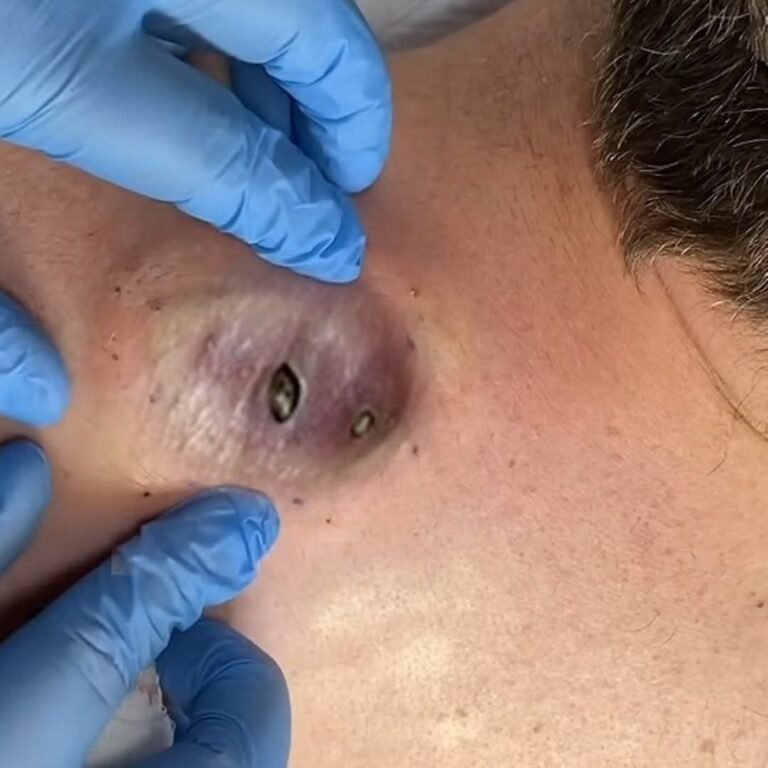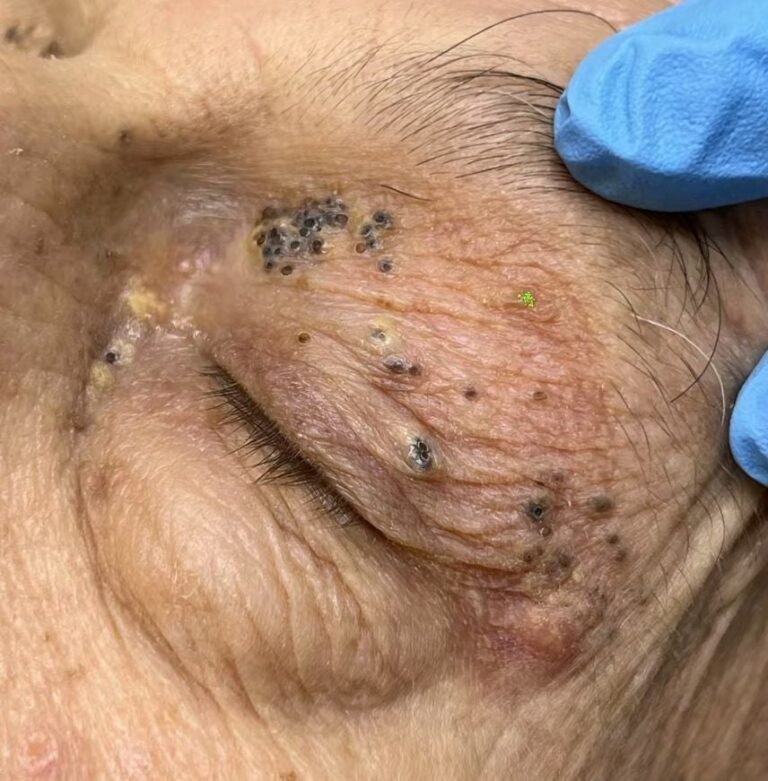
Blackheads, including super giant nose blackheads, are a result of the skin’s natural process of shedding dead skin cells. The skin constantly produces new cells, and the old ones are pushed to the surface. However, sometimes these dead skin cells do not shed properly and instead accumulate in the hair follicles.
When excess oil is produced by the sebaceous glands, it can mix with these dead skin cells and bacteria, forming a plug that clogs the pore. This plug is known as a comedo. If the pore remains open, it is called an open comedo or blackhead. If the pore is closed, it is called a closed comedo or whitehead.
Super giant nose blackheads differ from regular blackheads in terms of size and stubbornness. They are larger in size and can be more difficult to remove. This is because they have been present for a longer period of time and have had more time to accumulate debris and become deeply embedded in the pore.
The nose is a common area for blackheads to occur because it has a higher concentration of sebaceous glands compared to other parts of the face. Additionally, the shape of the nose and the presence of hair follicles make it more prone to clogging.
When dealing with super giant nose blackheads, it’s important to avoid common misconceptions and mistakes that can worsen the condition or cause scarring. One common misconception is that squeezing or picking at blackheads will remove them. However, this can actually cause more harm than good. Squeezing or picking at blackheads can lead to inflammation, infection, and scarring. It can also push the contents of the blackhead deeper into the pore, making it more difficult to remove.
Another mistake to avoid is using harsh or abrasive scrubs to try and remove blackheads. While exfoliation is important for removing dead skin cells and preventing clogged pores, using harsh scrubs can irritate the skin and cause more oil production, leading to more blackheads. It’s important to choose gentle exfoliants that are suitable for your skin type.
Additionally, using comedogenic skincare or makeup products can contribute to the formation of blackheads. It’s important to choose non-comedogenic products that won’t clog the pores. Reading product labels and choosing products specifically formulated for acne-prone or oily skin can help prevent blackheads.
When removing blackheads, it’s important to be gentle and avoid aggressive scrubbing or picking. Using gentle pressure and proper tools can help minimize damage to the skin. It’s also important to cleanse the skin thoroughly before and after blackhead removal to prevent infection and further clogging of the pores.



